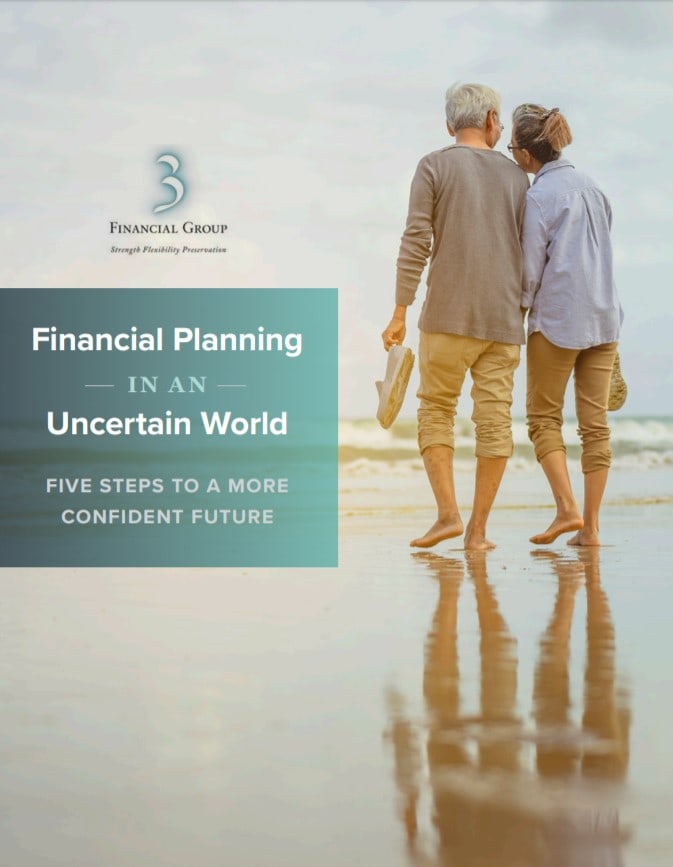Retirement is a time to relax and enjoy the fruits of your labor. But in order to get there, you need to start saving early and often. One of the best ways to do this is to contribute to a retirement account. Retirement planning is crucial for everyone, but it is especially important for women who tend to live longer and earn less than men on average. To ensure a comfortable retirement, women need to adopt smart investment strategies that are tailored to their unique needs and circumstances.
In this blog, we will explore some effective investment options and strategies that women can use to secure their financial future and enjoy a comfortable retirement. From retirement accounts to stocks, bonds, and real estate, we will provide practical tips and insights to help women make the most of their investments and achieve their financial goals.
Retirement Accounts
Retirement accounts are savings accounts specifically designed for retirement planning. They can help you build more for your retirement by leveraging tax benefits. Here are the three most popular:
Traditional IRA
A traditional IRA is a tax-deferred retirement account. This means that you can deduct your contributions from your taxable income in the year you make them. Your money then grows tax-deferred, meaning you won’t pay taxes on any investment earnings until you withdraw the money in retirement.
Roth IRA
A Roth IRA is a post-tax retirement account. This means that you don’t get a tax break when you make your contributions, but your money grows tax-free and you can withdraw it tax-free in retirement.
401(k) plans
A 401(k) plan is a retirement savings plan offered by many employers. With a 401(k), you can contribute a portion of your salary to the plan, and your employer may also contribute. Your contributions are typically deducted from your paycheck before taxes are withheld, so you get a tax break on the money you contribute.
Investing for Retirement
When you are saving for retirement, keeping your money in cash might feel safe, but it can be the riskiest place for your cash over the long haul because it doesn’t grow. Investing your money is a great way for your money to grow over time, which maximizes your payout when you retire. Unfortunately, women are often more conservative and less confident about investing. Women are 80% more likely to become impoverished by the age of 65 than men for a variety of reasons such as the gender pay gap and the expectation that women exclusively should bear caretaking responsibilities at the expense of their careers. Additionally, one-third of women do not invest outside of their retirement portfolio, which limits their ability to build wealth over time.
However, the women who do invest outperform their male counterparts while being less reckless. Women make more money from their investments than men without taking as many financial risks. It is important for women to feel confident about investing because it safeguards their financial future and combats the gender pay gap that sets back their retirement savings. Additionally, the power of women investing for retirement promotes gender equality, economic empowerment, and contributes to a more inclusive and diverse financial landscape.
Stocks and Bonds
Stocks are shares in a company. When you buy a stock, you become a part-owner of that company. The price of a stock goes up and down based on how well the company is doing. If the company does well, the stock price will go up. If the company does poorly, the stock price will go down.
Bonds are loans that you make to a company or government. When you buy a bond, you are lending money to that company or government for a set period of time. The company or government will pay you interest on your loan, and they will return your loan to you at the end of the loan term.
Tips for investing in stocks and bonds
When investing in stocks and bonds, it is important to do your research and understand the risks involved. Here are some tips for investing in stocks and bonds:
- Start early: The earlier you start investing, the more time your money has to grow.
- Invest regularly: Even if you can only invest a small amount each month, it will add up over time.
- Diversify your portfolio: Don’t put all your eggs in one basket. Invest in a variety of different stocks and bonds.
- Manage risks: understand your personal risk tolerance and build a portfolio that is in line with that risk tolerance. Target date funds, while easy, can put you in a portfolio that is not right for you.
- Rebalance your portfolio regularly: As your investments grow, you’ll need to rebalance your portfolio to make sure it still meets your needs.
- Don’t get caught up in short term noise : Your portfolio should be built for the long term. Don’t get sidetracked by “news” headlines or social media that are built on generating ad revenue by making you feel afraid or greedy.
- Focus on what you can control: You can’t control the day-to-day price movement of the markets. You can control the costs, risks and taxes in your investment portfolio.
Real Estate Investments
Benefits of investing in real estate
Real estate is a popular investment option for many people. It offers a number of benefits, including:
- Potential for high returns: Real estate values have historically trended upward over time, which means that there is the potential for significant returns on investment. But don’t get fooled into thinking all real estate makes big bucks all the time!
- Diversification: Real estate is a non-correlated asset class, which means that it can help to reduce overall portfolio risk because the real estate market does not follow the stock or bond market in lock step.
- Income potential: Real estate can provide income through rental payments or appreciation.
- Tax benefits: There are a number of tax benefits available to real estate investors, such as depreciation and the 1031 exchange.
Considerations before investing in real estate
Before investing in real estate, it is important to consider the following:
- Your investment goals: What are you hoping to achieve by investing in real estate? Are you looking for income, appreciation, or both?
- Your risk tolerance: Real estate is a relatively illiquid investment, which means that it can be difficult to sell quickly if you need cash. You need to be comfortable with the risk of illiquidity before investing in real estate.
- Your financial situation: Can you afford the down payment and closing costs associated with buying a property? Do you have the cash flow to cover the mortgage payments, property taxes, and other expenses?
- Lack of diversification: Unless you are able to buy multiple properties in multiple markets, owning one piece of individual real estate as the primary value of your net worth means your risk is not spread out or diversified. Consider what would happen to your total portfolio if something goes wrong with that one asset.
- Leverage: this can be a double-edged sword. One reason real estate can be so profitable is you can control the asset with a small portion of its total value through a loan or mortgage. Then, you can rent the property out and your renters will help pay for the costs of controlling the asset. However, that same leverage to increase profits can also magnify the impact of your losses.
- Do you want to be a landlord? Are you good at fixing toilets at midnight? If you are not able to do the repairs on your own, be sure to factor in the cost of property management.
- The market: Do you understand the local real estate market? Are you comfortable with the risks and potential rewards of investing in real estate in that market?’
- Run the numbers: Not every real estate investment option is a good deal. Be conservative in your estimates and don’t be afraid to walk away.
Investing in real estate can be a great way to build wealth over time. However, it is important to do your research and understand the risks involved before you invest.
Putting it all together
Retirement planning is an important part of everyone’s financial life, but it is especially important for women because of longer life expectancies. By following the tips and strategies in this blog, women can create a solid financial foundation for a comfortable retirement.
Here are some key takeaways:
- Start saving early and often. The earlier you start investing, the more time your money has to grow.
- Invest in a variety of different asset classes, such as stocks, bonds, and real estate. This will help to reduce your risk.
- Rebalance your portfolio regularly to make sure it still meets your needs.
- Consider working with a financial advisor to help you create a retirement plan that’s tailored to your individual needs.
Retirement doesn’t have to be a scary thought. By planning ahead and taking action, women can ensure a comfortable and secure financial future. And remember, a retirement plan is about more than just your investments. It is about your unique goals, values and resources and putting all those pieces together to make sense for you. Look for an advisor who can help you manage your investments, and will help you with financial planning and coaching.


